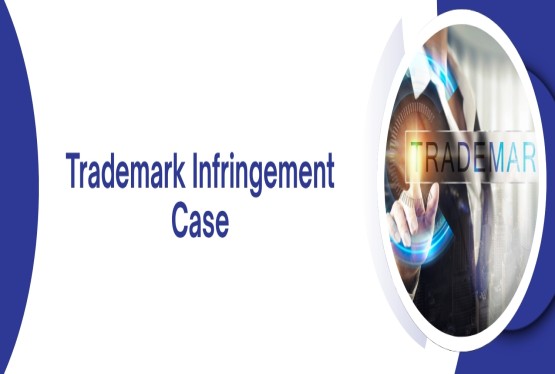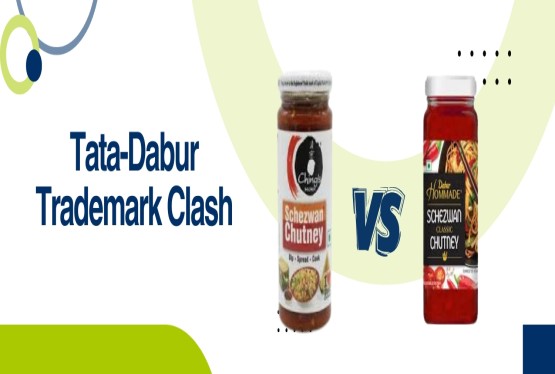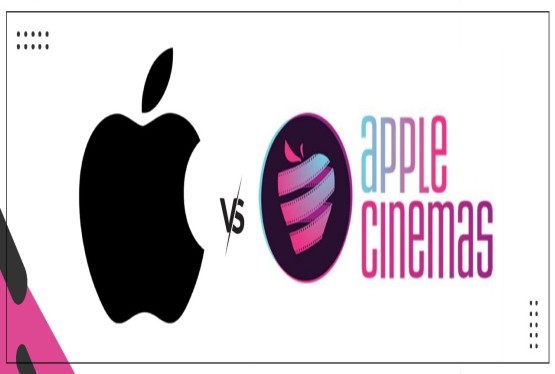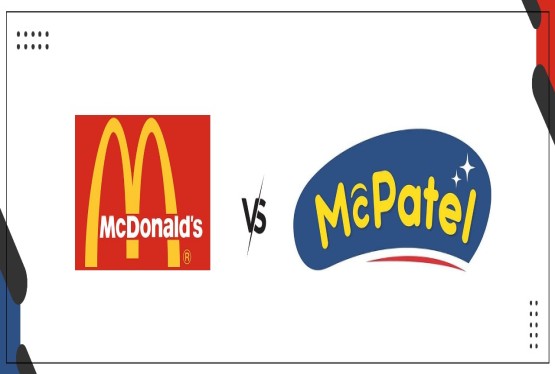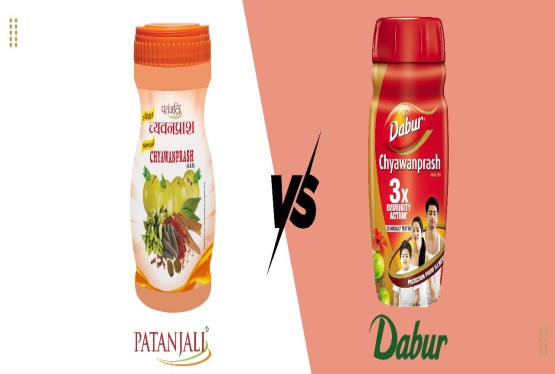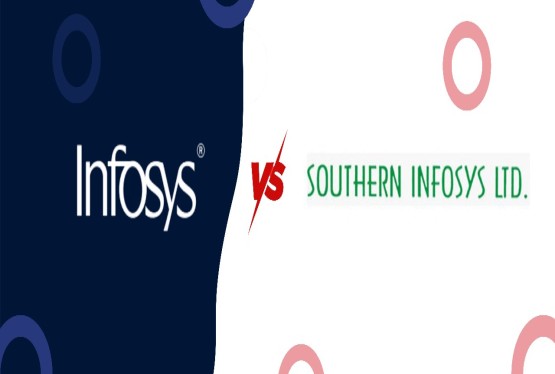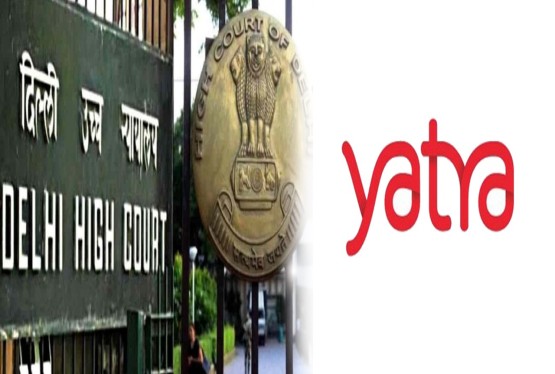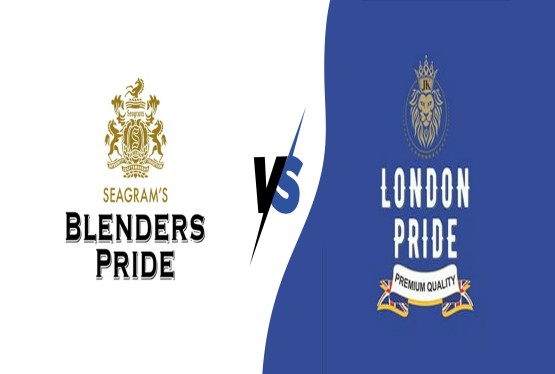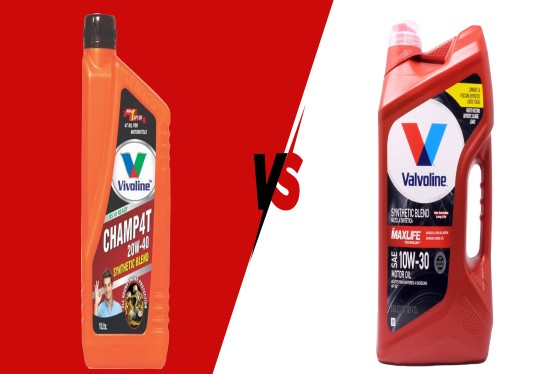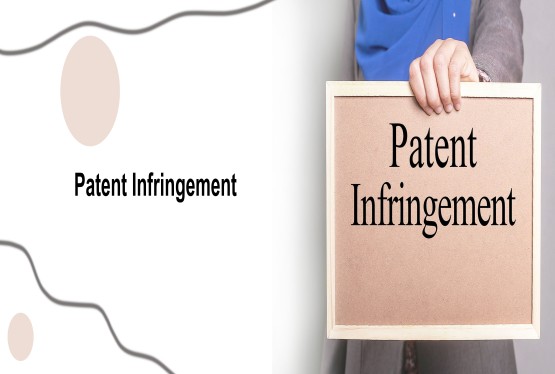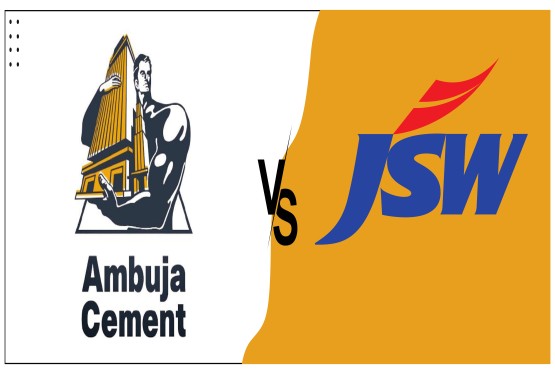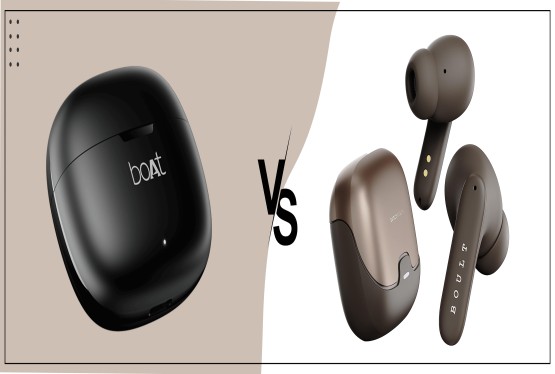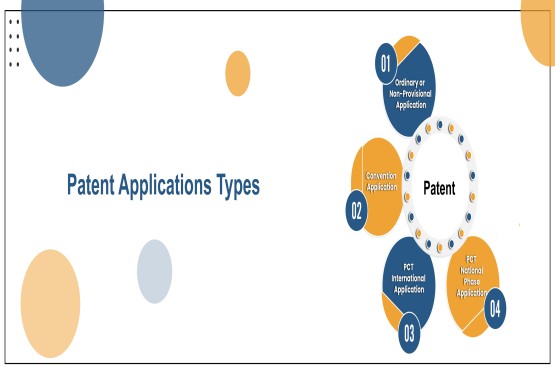Trademark classification is crucial in intellectual property law, particularly in India, where it plays a pivotal role in defining the scope and protection of trademarks. This classification system is fundamental to various aspects of trademark law, including trademark registration, trademark withdrawal, and trademark infringement proceedings. Among the various classes defined under the Nice Classification system, Class 29 holds significant importance, specifically concerning goods related to food and beverages.
Overview of Trademark Class 29
Trademark Class 29 encompasses a wide range of goods primarily related to food products and ingredients. According to the Nice Classification, which India adheres to, Class 29 includes:
1. Meat, fish, poultry, and game; meat extracts; preserved, frozen, dried, and cooked fruits and vegetables.
2. Jellies, jams, compotes; eggs, milk, and milk products; edible oils and fats.
3. Prepared meals, soups, potato chips, and other snack foods.
4. Preserved, dried, and cooked fruits and vegetables.
5. Edible oils and fats; milk products; jellies and jams.
These items are fundamental to human consumption and are categorized under Class 29 to differentiate them from goods in other classes, thereby ensuring clear and distinct trademark protection.
Statutory Framework in India
In India, trademark law is primarily governed by the Trademarks Act, 1999, and adheres to the Nice Classification for goods and services. Section 2(1)(zb) of the Trademarks Act defines 'goods' as anything that is the subject of trade or commerce, excluding services. Classifying goods under Class 29 ensures that trademarks are registered and protected based on their specific nature and intended use.
Under Section 18(1) of the Trademarks Act, the Registrar of Trademarks is responsible for determining the class and description of goods or services concerning a trademark application. This involves a detailed examination of the goods falling under Class 29 to verify their conformity with the prescribed classification and to prevent overlap with goods in other classes.
Practical Implications and Considerations
For businesses operating in the food and beverage sector in India, Class 29 classification is crucial for trademark registration and protection. Properly classifying goods under Class 29 ensures that trademarks are effectively protected against infringement and unauthorized use. It also facilitates clear differentiation in the marketplace, enabling consumers to identify and distinguish between various food products based on their trademarked characteristics.
Trademark owners should undertake thorough searches and consultations with trademark attorneys to ensure accurate classification under Class 29 during the trademark registration process. This proactive approach helps mitigate risks associated with trademark disputes and enhances the overall protection and value of their intellectual property assets.
Conclusion
Trademark Class 29 plays a significant role in the protection of trademarks associated with food products and ingredients in India. By adhering to the statutory framework, understanding relevant precedents, and applying practical considerations, businesses can navigate the complexities of trademark law effectively. Clear classification under Class 29 not only ensures legal compliance but also safeguards brand identity and consumer trust in the competitive Indian market.
In conclusion, the classification and protection of trademarks under Class 29 are essential elements of intellectual property strategy for businesses operating in the food and beverage industry in India, contributing to overall market integrity and consumer welfare.
Frequently Asked Questions
Q1. What is Trademark Class 29 and what types of goods does it cover?
Ans. Trademark Class 29, under the Nice Classification system, encompasses a wide range of goods primarily related to food and beverages. This includes items like meat, fish, poultry, game, meat extracts, preserved, frozen, dried, and cooked fruits and vegetables, jellies, jams, compotes, eggs, milk, and milk products, edible oils and fats, prepared meals, soups, potato chips, and other snack foods.
Q2.Why is Trademark Class 29 important for businesses in India?
Ans. Accurate classification under Class 29 is crucial for businesses in India as it:
(a) Defines the scope of trademark protection: It determines the range of products for which the trademark is valid.
(b) Prevents consumer confusion: It minimizes the likelihood of similar trademarks being used for closely related goods, reducing the risk of consumer confusion.
(c) Facilitates trademark registration: Proper classification streamlines the registration process.
(d) Provides a strong foundation for trademark enforcement: It helps in protecting trademarks against infringement and unauthorized use.
Q3. What are the key implications of incorrect classification under Class 29?
Ans. Incorrect classification can lead to:
(a) Limited trademark protection: The scope of protection may be narrower than intended.
(b) Increased risk of infringement: Similar trademarks may be registered for closely related goods, potentially leading to confusion and legal disputes.
(c) Difficulties in trademark enforcement: It may become challenging to enforce trademark rights against infringers.
Q4. How can businesses ensure accurate classification under Class 29?
Ans. Businesses should:
(a) Conduct thorough trademark searches to identify existing trademarks.
(b) Consult with experienced trademark attorneys to ensure accurate classification.
(c) Carefully review the Nice Classification guidelines and relevant case law.
(d) Maintain detailed records of all goods and services covered by their trademarks.
Q5. What are the potential consequences of trademark infringement in Class 29?
Ans. Trademark infringement in Class 29 can have serious consequences, including:
(a) Legal action: Infringers may face legal action, including injunctions, damages, and other penalties.
(b) Reputational damage: Infringement can damage the reputation of the trademark owner and erode consumer trust.
(c) Loss of market share: Infringement can lead to loss of sales and market share to competitors.






























_(b)_of_the_Trademark_Act,_1999_(1)_crop10_thumb.jpg)



_crop10_thumb.jpg)




























_crop10_thumb.jpg)
_crop10_thumb.jpg)






_crop10_thumb.jpg)








_crop10_thumb.jpg)



_crop10_thumb.jpg)





























_crop10_thumb.jpg)

















_crop10_thumb.jpg)






_crop10_thumb.jpg)











































































































































_crop10_thumb.jpg)




































_crop10_thumb.jpg)












_crop10_thumb.jpg)















































_crop10_thumb.jpg)






